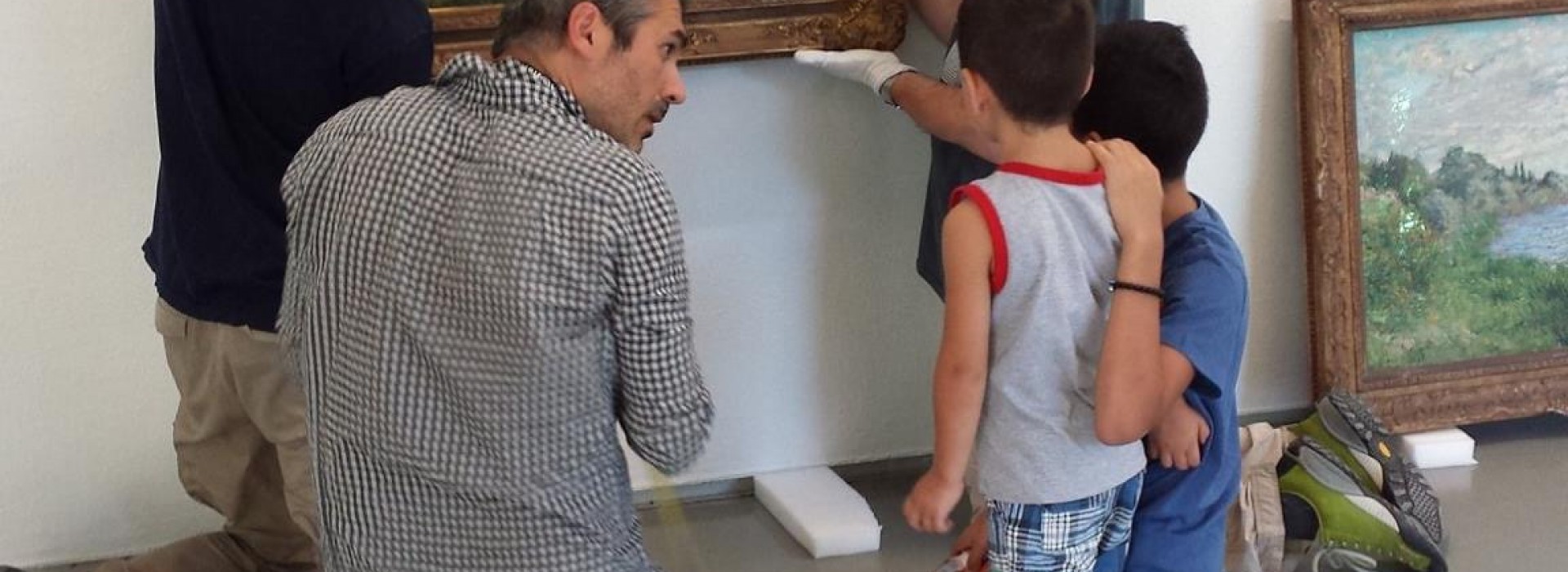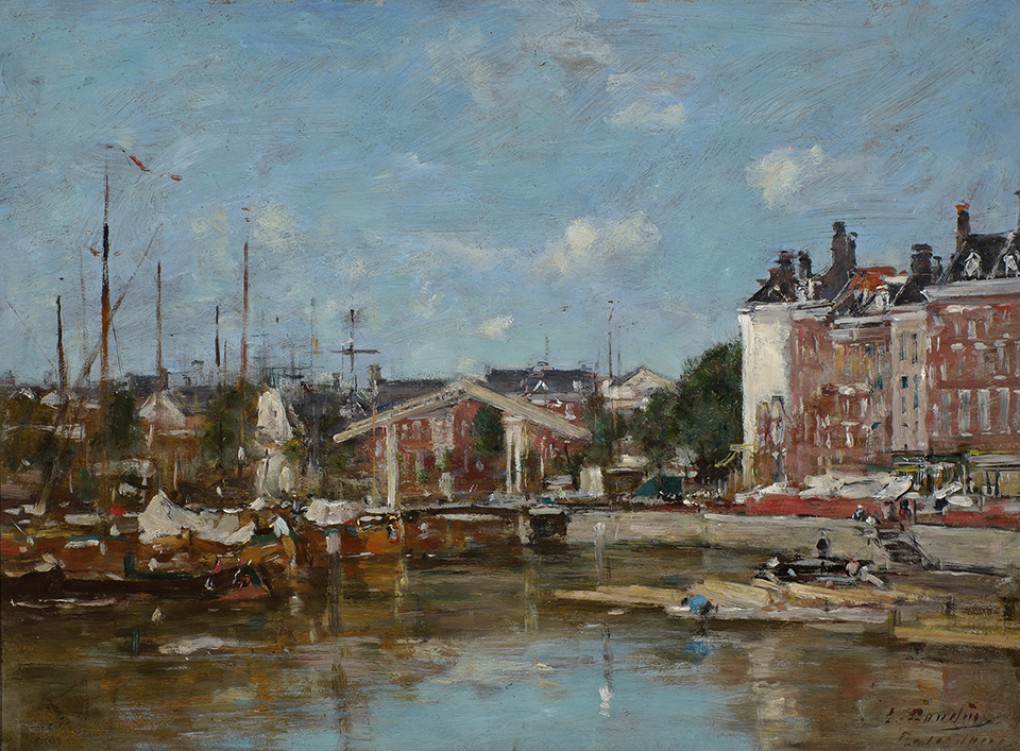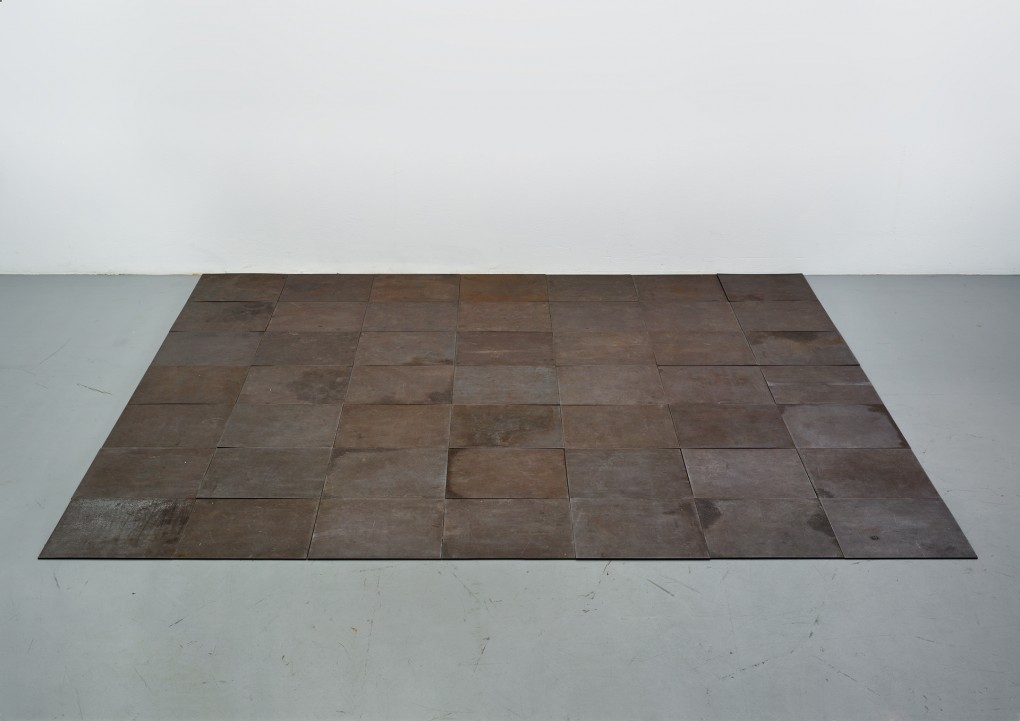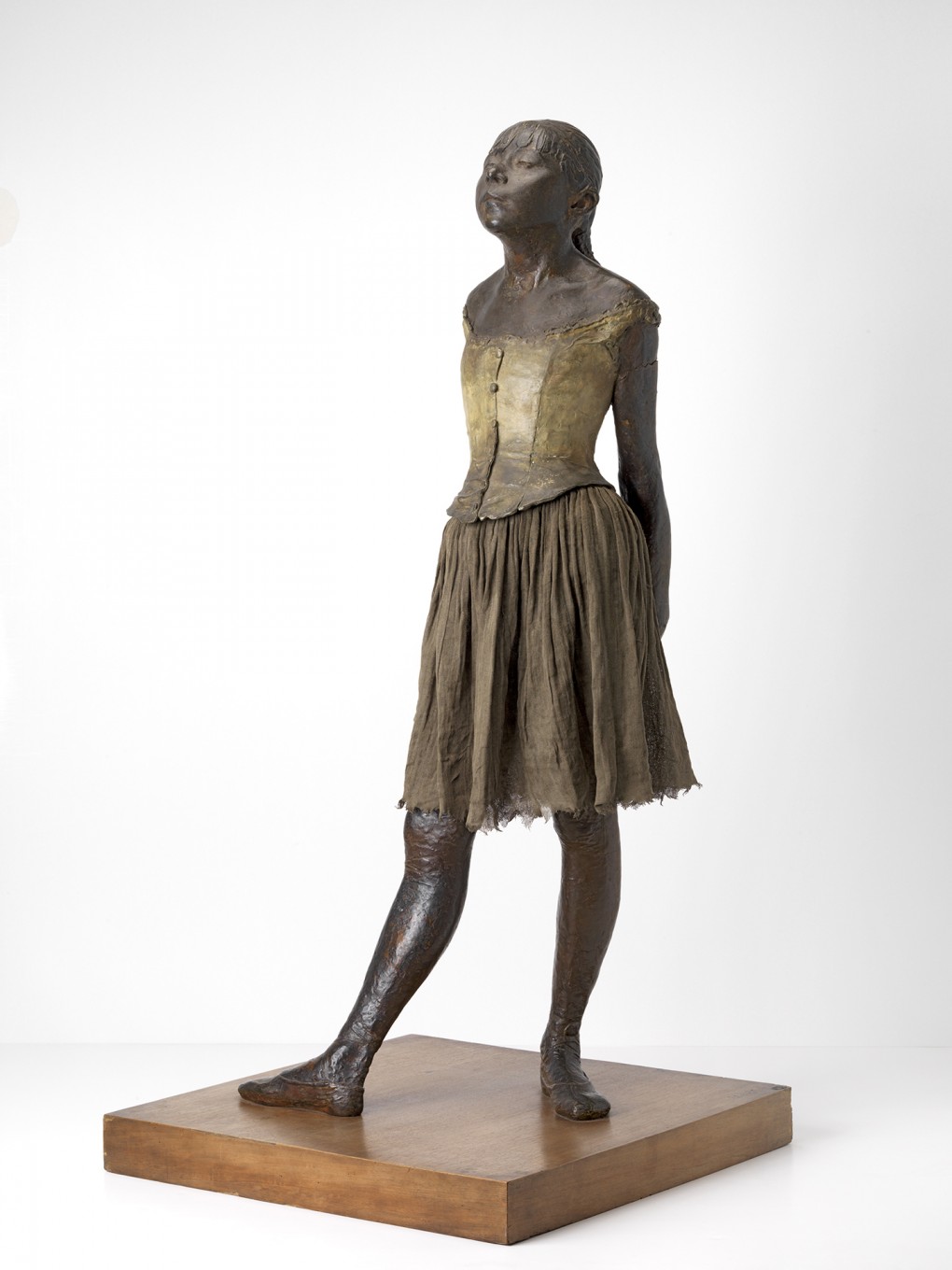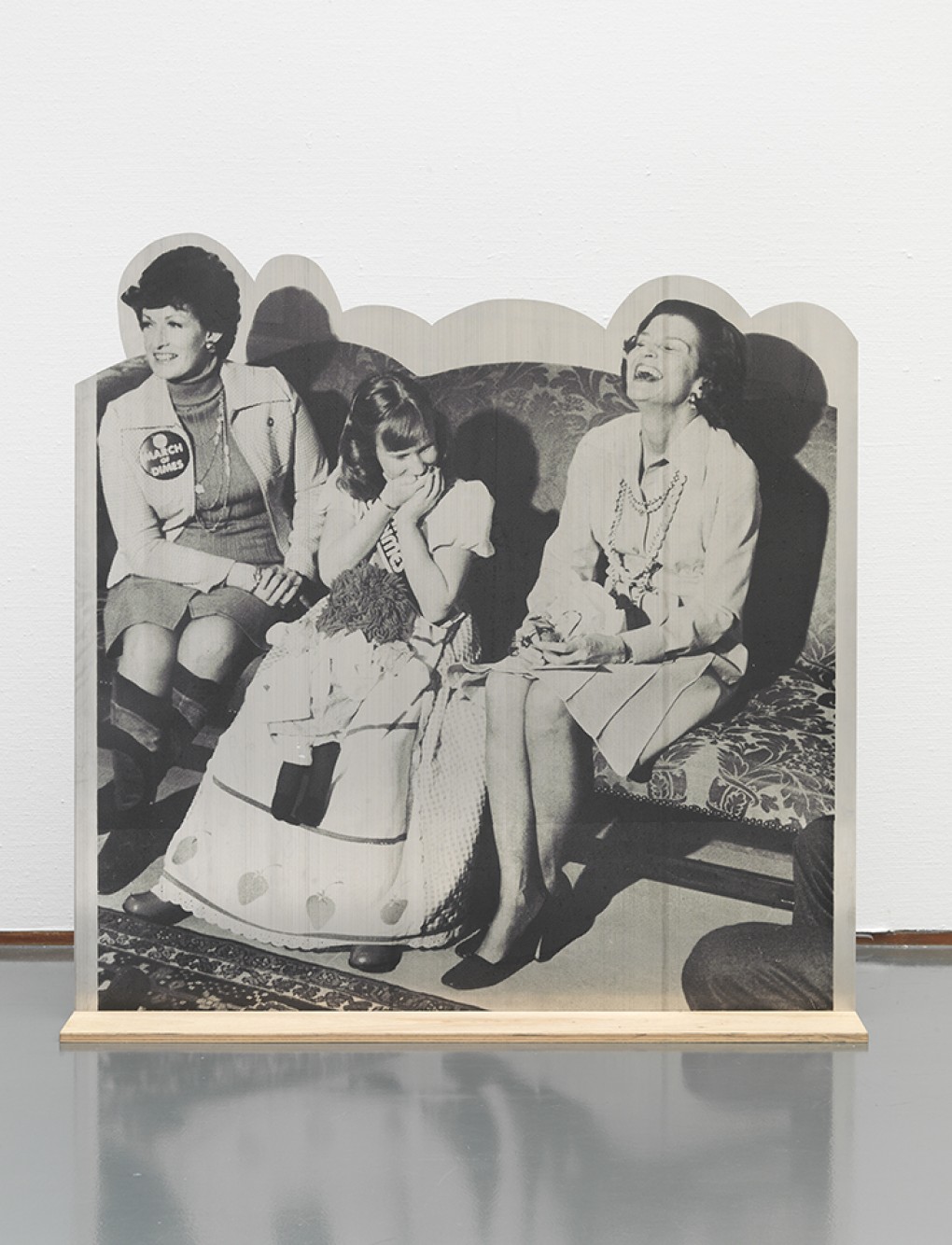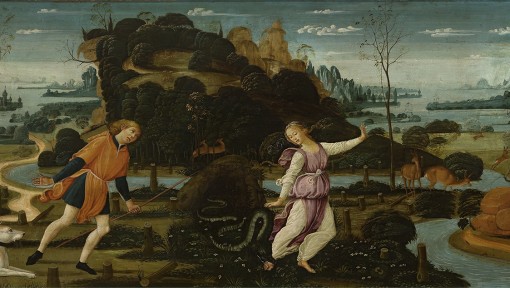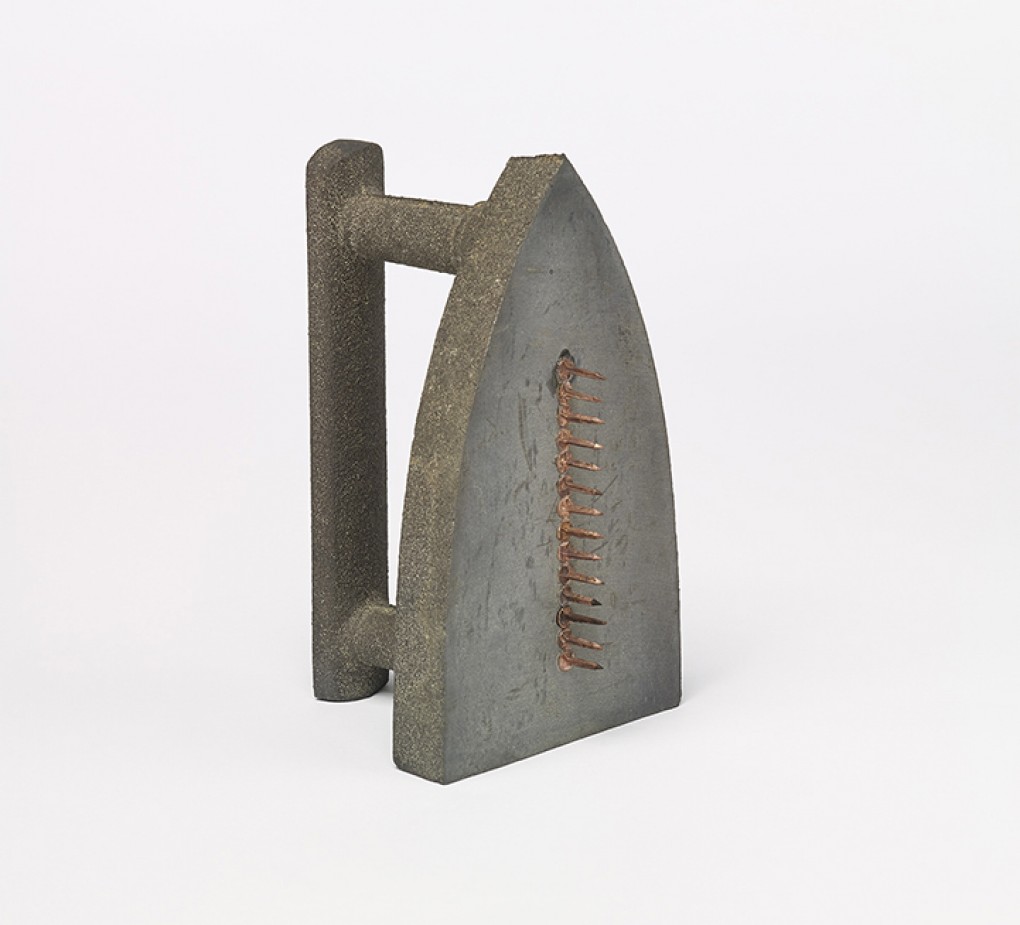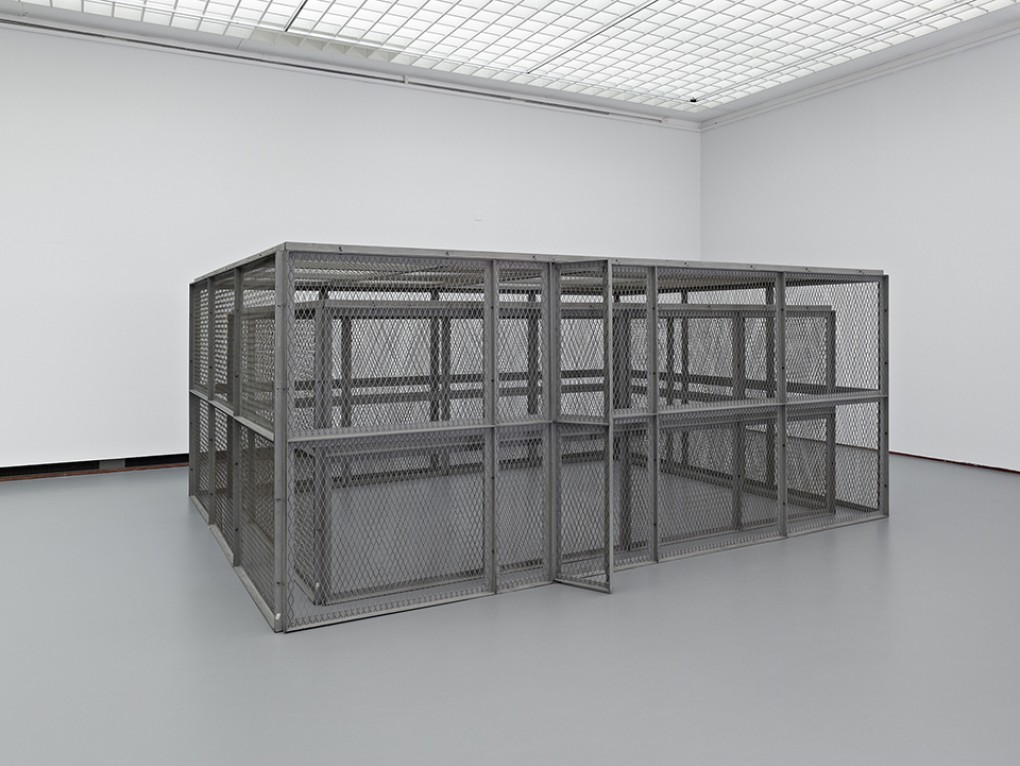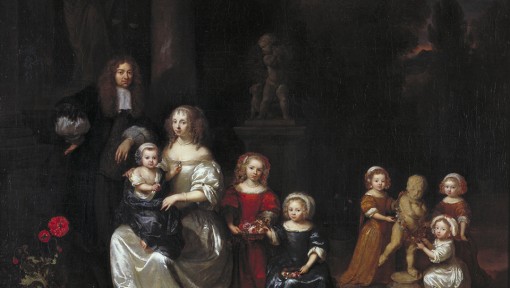
The origin of ‘Everything OK’
Curator Francesco Stocchi launched the idea to create a collection’s presentation that was specifically aimed at children. The collection (historic, modern and contemporary art and design) was to be presented in a way that was attractive to children. A think-tank came together, consisting of Stocchi, other museum employees, a pedagogue, a child psychologist and an artist. Together they developed the idea into a new and exciting exhibition. Children were involved in the development of the exhibition as a children’s advisory board consulted with the creators. The kids gave advice and decided whether or not the exhibition would appeal to them.


